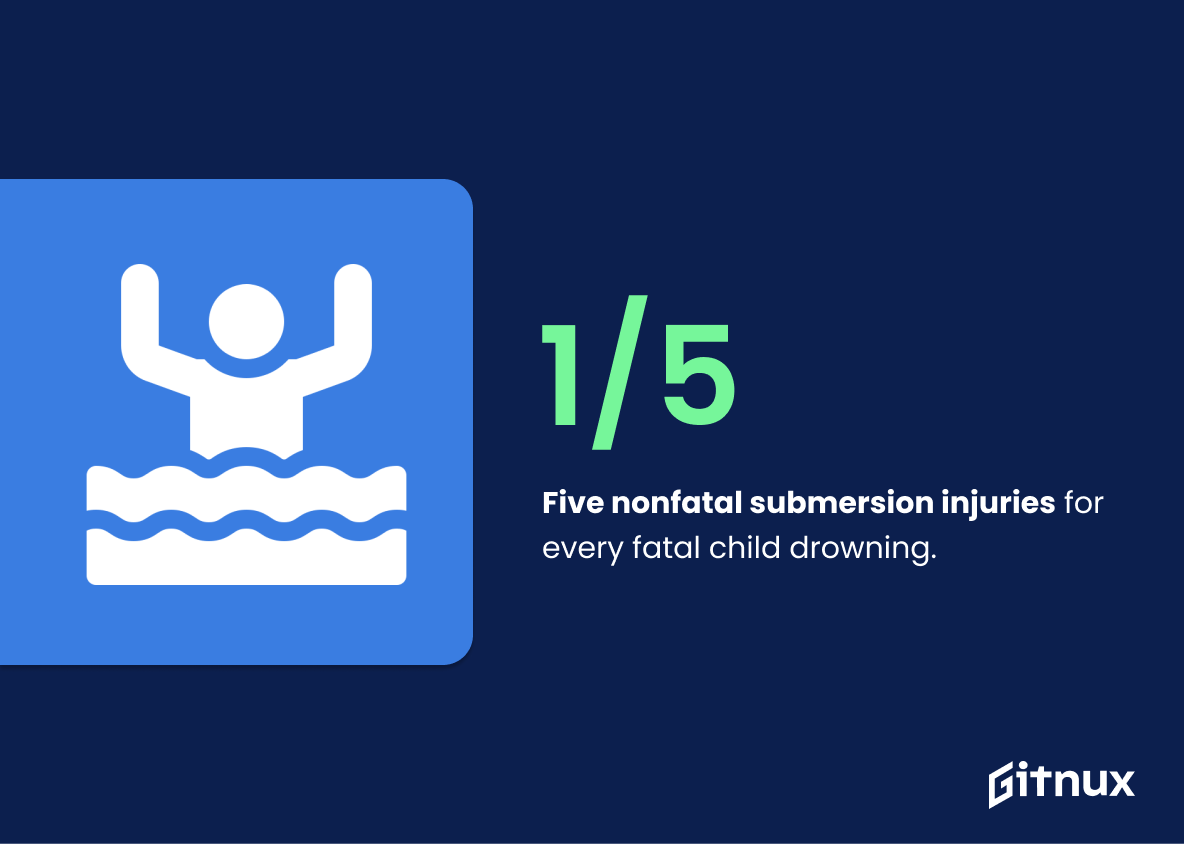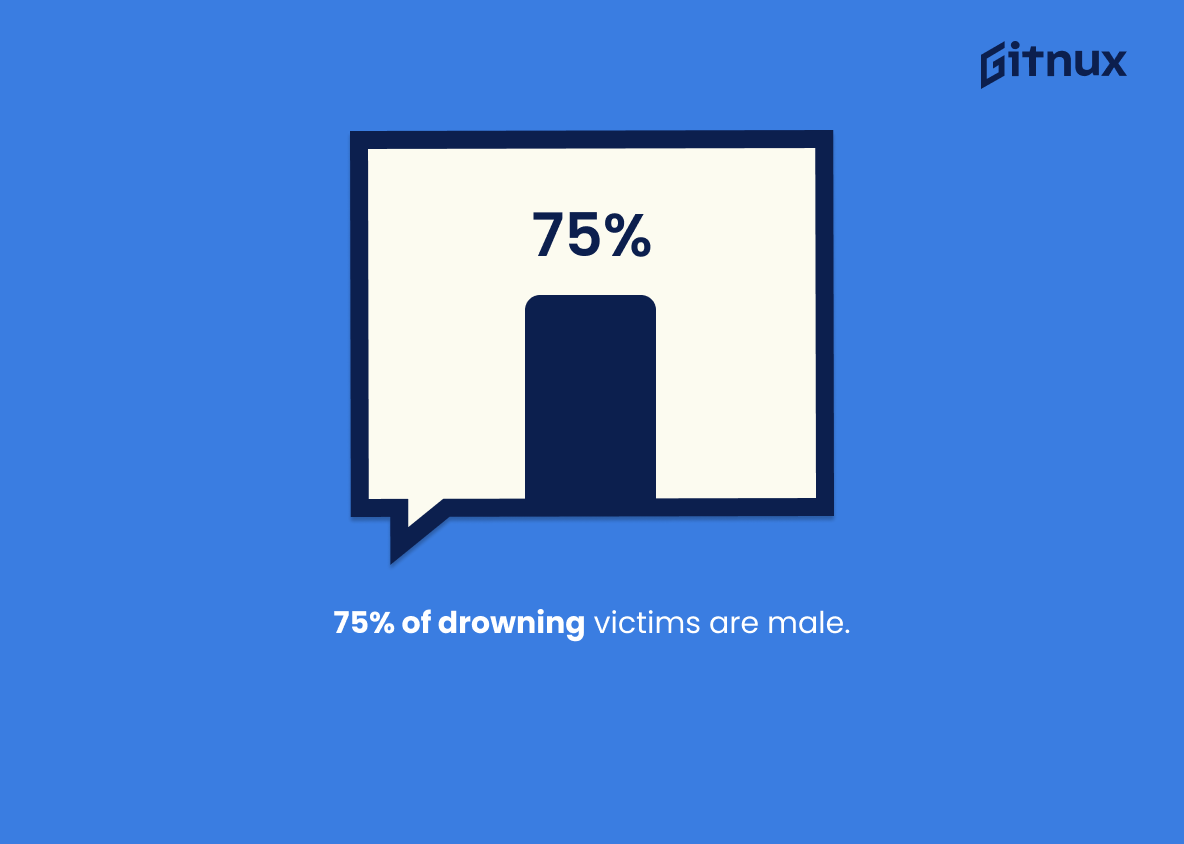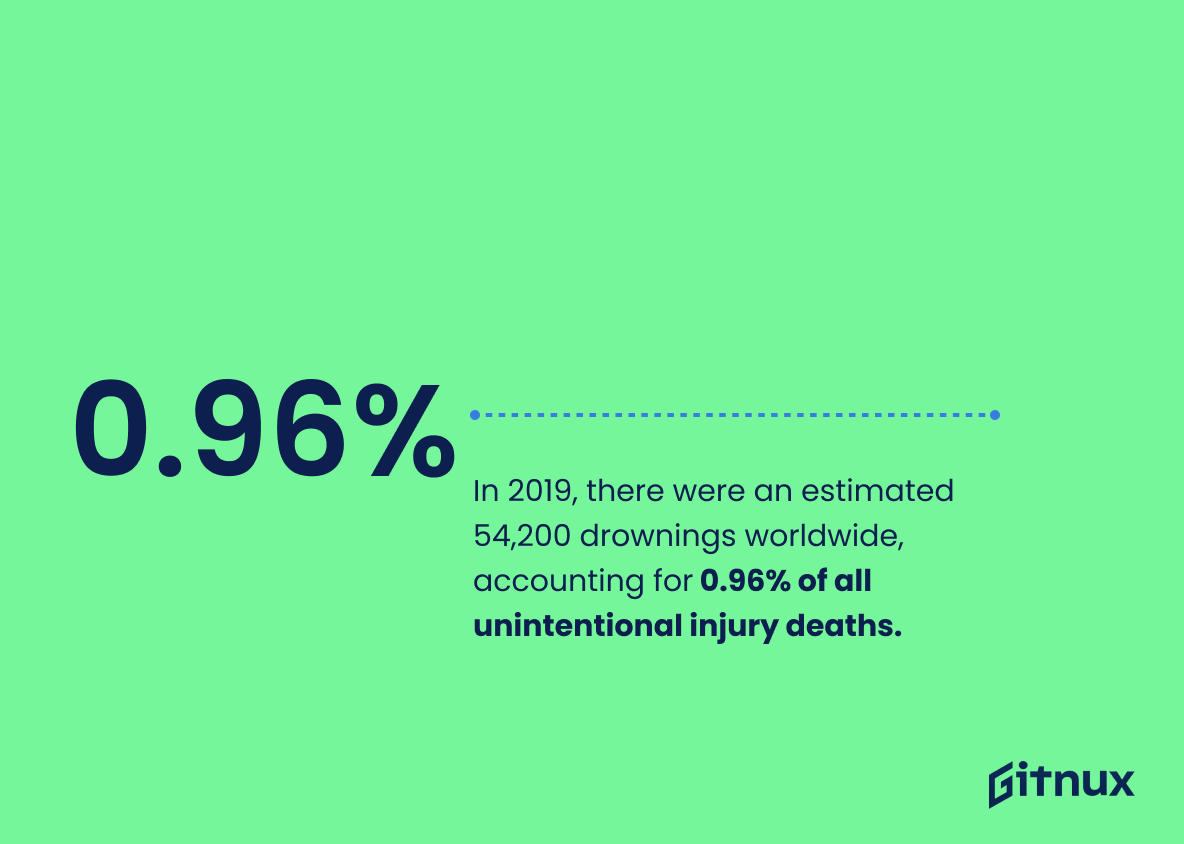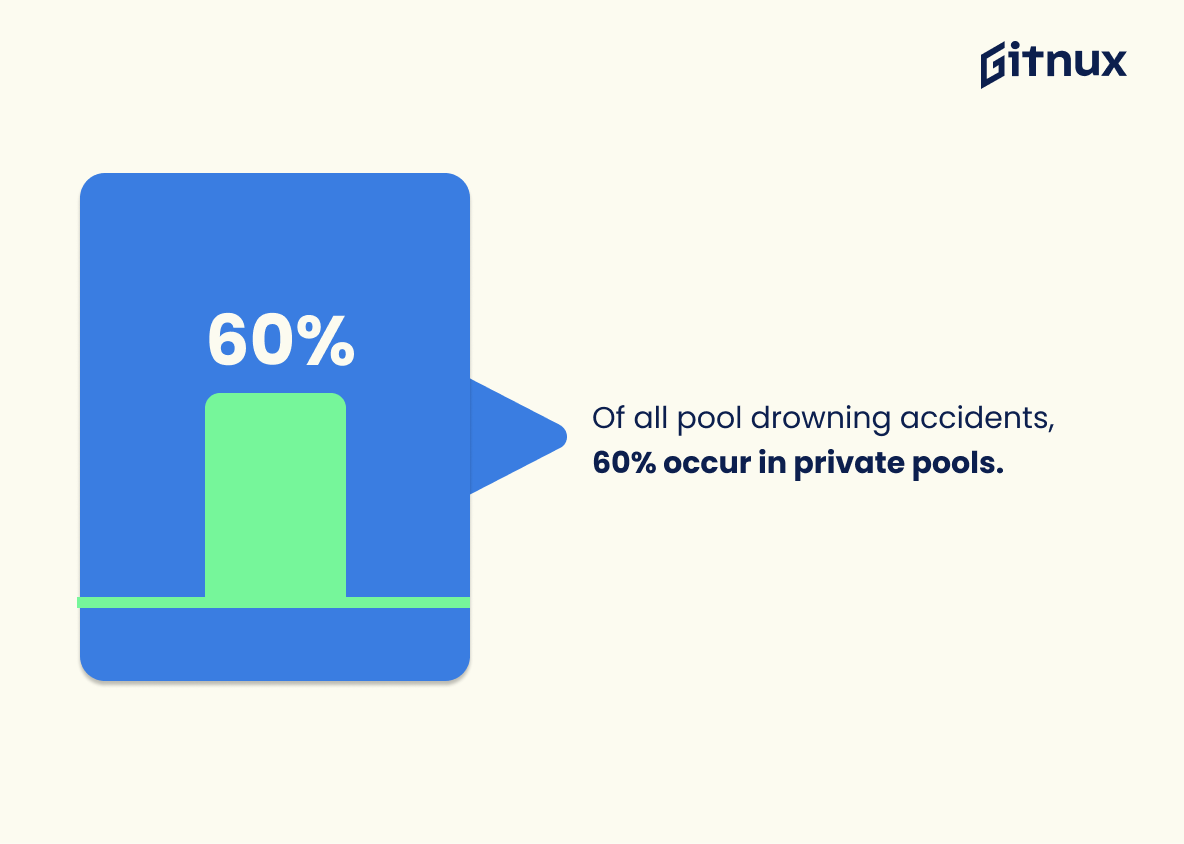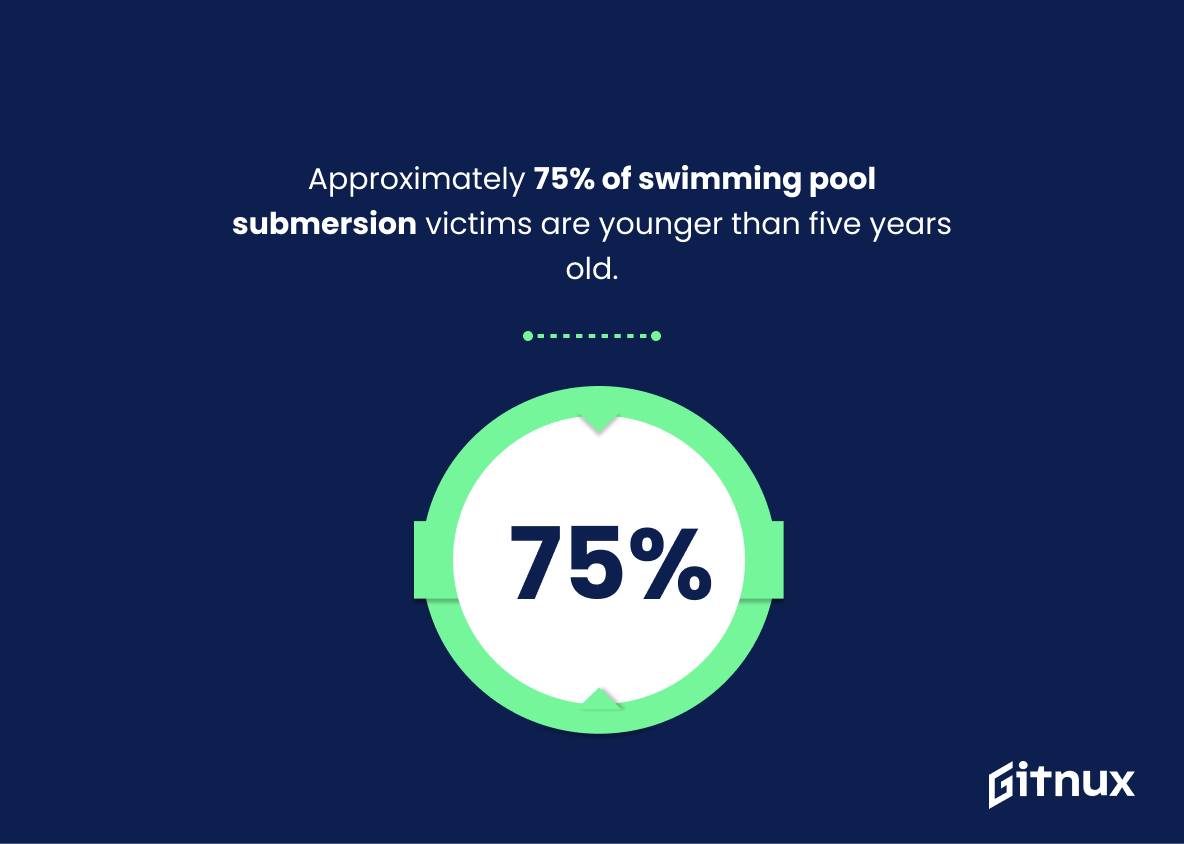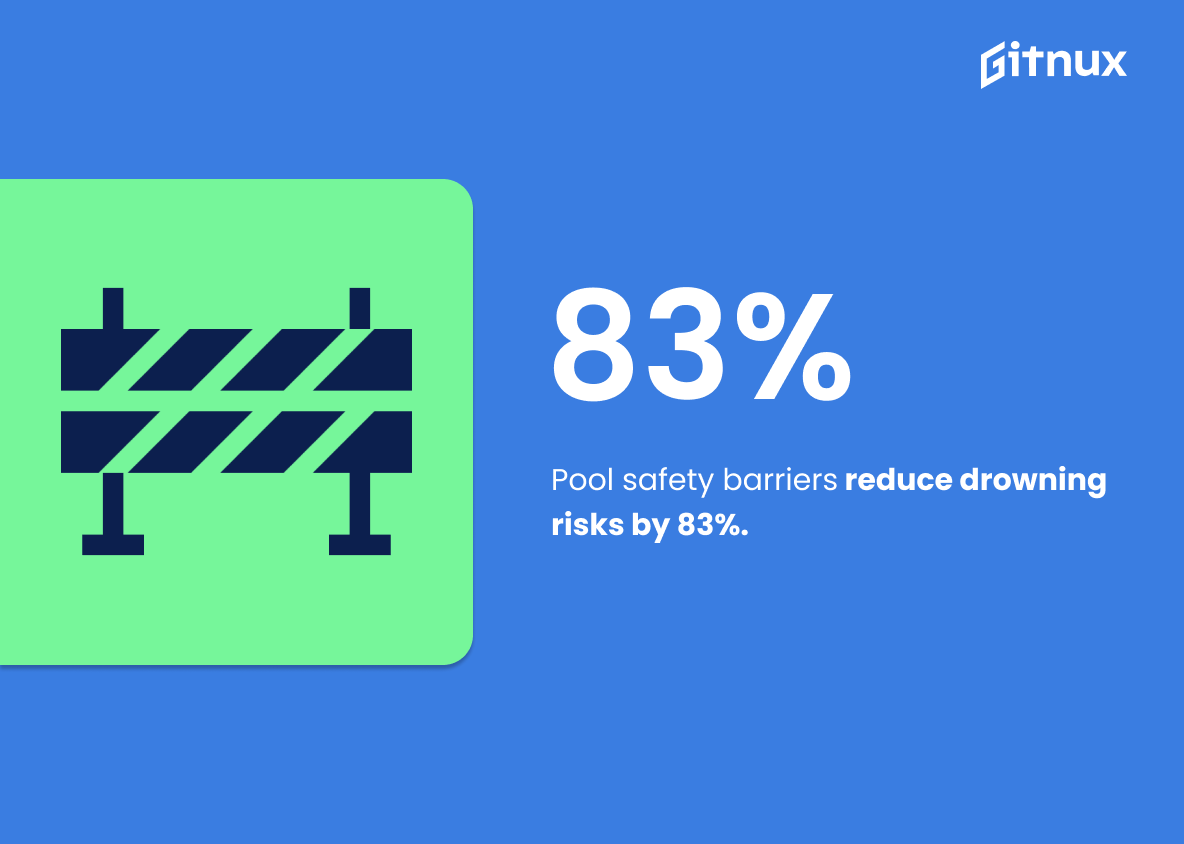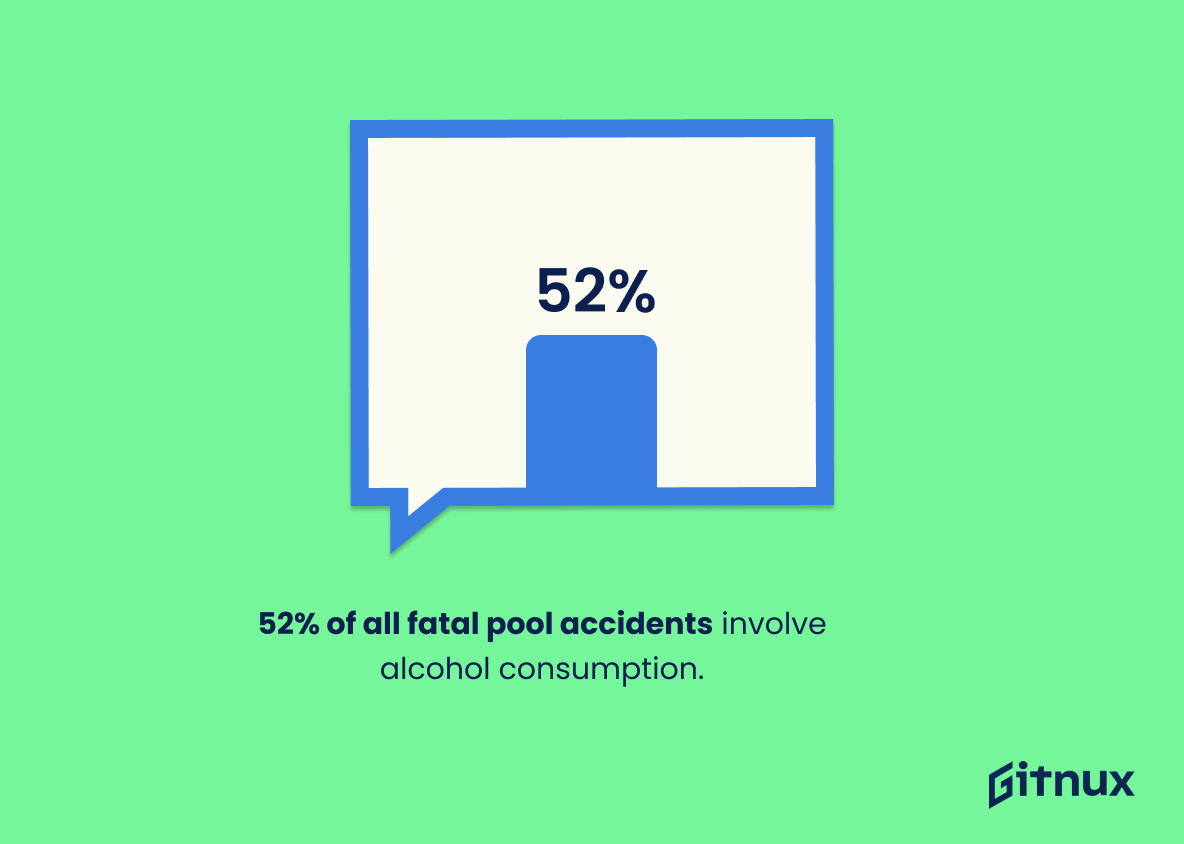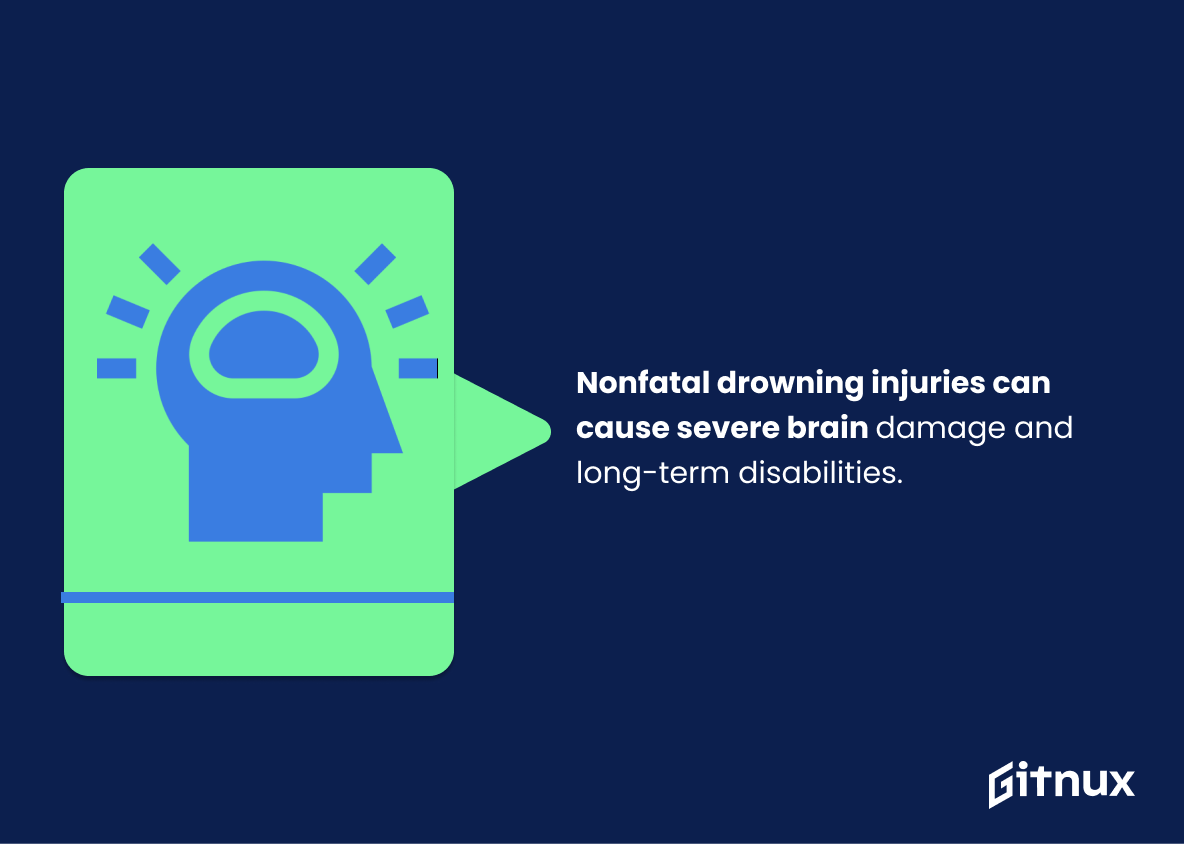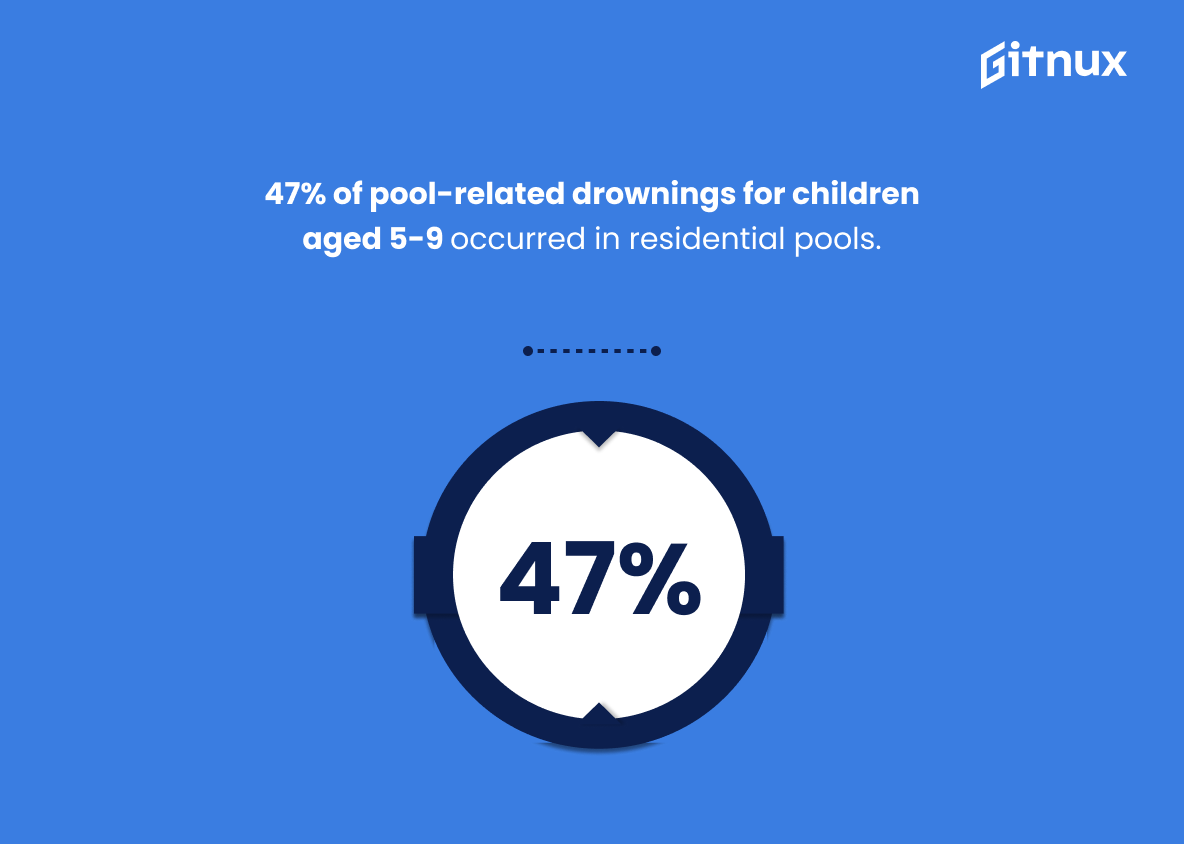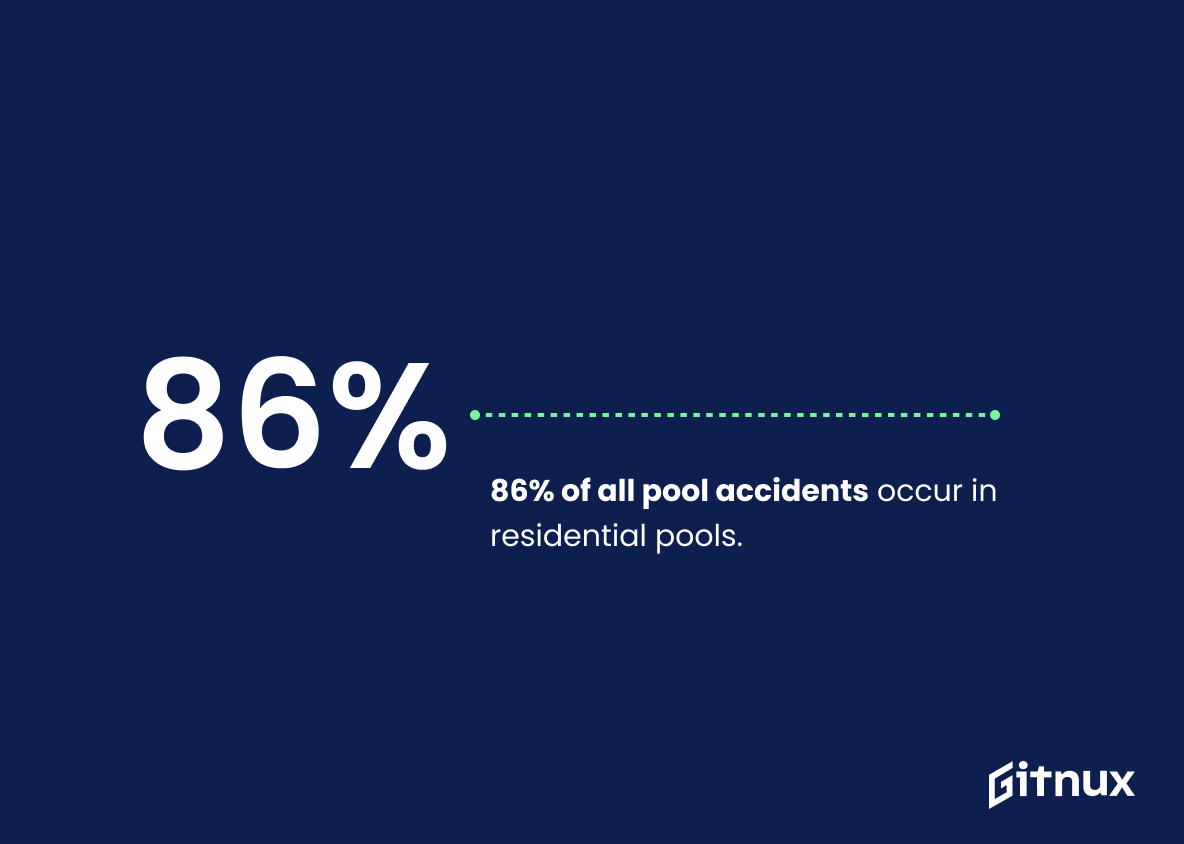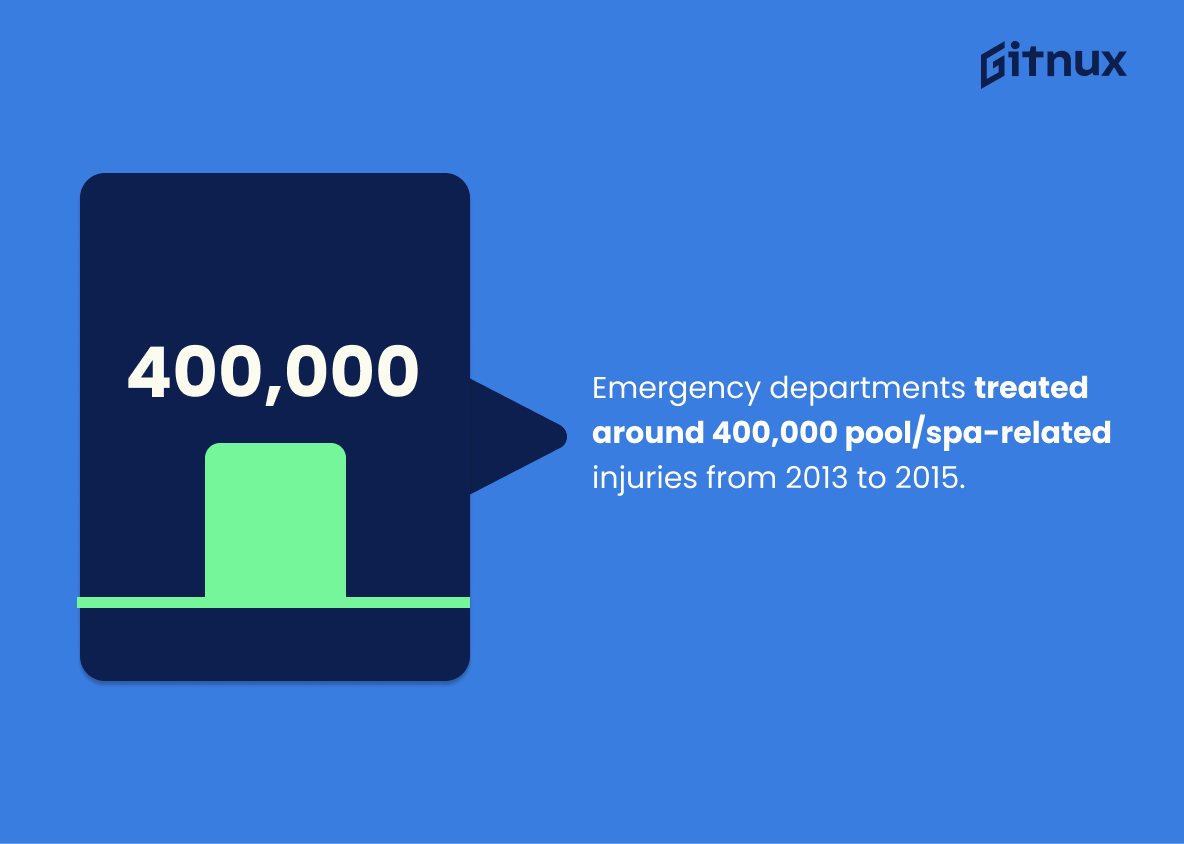Swimming pools can be a great source of fun and relaxation, but they also come with risks. According to the Centers for Disease Control and Prevention (CDC), on average there are 3,536 fatal unintentional drownings annually in the United States. Furthermore, about one in five people who die from drowning are children aged 14 or younger. For every child who dies from drowning, five more receive emergency care for nonfatal submersion injuries. Drowning is even the leading cause of unintentional death for children aged 1-4 years old in America according to Pool Safely’s statistics.
It’s important to note that 69% of all pool accidents involving young children were not expected at or near the pool when found in water; 75% of those affected by drowning incidents worldwide are male; 47% occur within residential swimming pools; 86% involve someone under 15 years old; 52% involve alcohol consumption; 43 % result from diving incidents and 60 % happen at private pools according to various sources such as WHO Newsroom Fact Sheets, Aqua Magazine By The Numbers: The Value Of A Backyard Swimming Pool article , NSC Injury Facts Data & Statistics page etc.. Additionally it has been reported that nearly 400 thousand pool/spa related injuries have been treated between 2013 – 2015 averaging 132 thousand per year . It is also worth noting that nonfatal drownings may lead to severe brain damage and long term disabilities which makes prevention efforts even more crucial . Finally , installing safety barriers around your home swimming pool reduces risk by 83%.
This statistic serves as a stark reminder of the dangers of swimming pools and other bodies of water. It highlights the importance of taking proper safety precautions when swimming, such as wearing a life jacket and never swimming alone. It also serves as a reminder of the importance of teaching children how to swim and supervising them when they are in or near water.
About one in five people who die from drowning are children aged 14 and younger.
This statistic is a stark reminder of the dangers of swimming pools, particularly for young children. It highlights the importance of taking extra precautions when children are around water, such as having a designated adult supervising them at all times and ensuring that all safety equipment is in place. It also serves as a reminder that even the most experienced swimmers can be at risk of drowning, and that no one should ever take their safety for granted.
Pool Accident Statistics Overview
For every child who dies from drowning, five more receive emergency care for nonfatal submersion injuries.
This statistic serves as a stark reminder of the dangers of swimming pools, as it highlights the fact that for every child who tragically loses their life due to drowning, five more are receiving emergency care for nonfatal submersion injuries. It is a sobering reminder of the importance of taking the necessary precautions to ensure the safety of children around swimming pools.
75% of drowning victims are male.
This statistic is a stark reminder of the importance of pool safety, particularly for males. It highlights the need for increased awareness of the risks associated with swimming pools, and the need for greater safety measures to be taken to protect male swimmers. It also serves as a warning to parents and guardians to be extra vigilant when it comes to supervising their sons around swimming pools.
In 2019, there were an estimated 54,200 drownings worldwide, accounting for 0.96% of all unintentional injury deaths.
This statistic serves as a stark reminder of the dangers of swimming pools and other bodies of water. It highlights the fact that drowning is a major cause of unintentional injury deaths, and that it should not be taken lightly. It is a sobering reminder that pool safety should be taken seriously, and that proper precautions should be taken to ensure the safety of swimmers.
Of all pool drowning accidents, 60% occur in private pools.
This statistic is a stark reminder that private pools can be just as dangerous as public pools. It highlights the importance of taking safety precautions when using a private pool, such as having a lifeguard on duty, installing a fence around the pool, and teaching children how to swim.
Approximately 75% of swimming pool submersion victims are younger than five years old.
This statistic is a stark reminder of the importance of pool safety, particularly for young children. It highlights the need for parents and guardians to be extra vigilant when it comes to supervising children around swimming pools, as the majority of submersion victims are under the age of five.
Pool safety barriers reduce drowning risks by 83%.
This statistic is a powerful reminder of the importance of pool safety barriers in preventing drowning risks. It highlights the fact that having a barrier in place can drastically reduce the chances of a tragic accident occurring, making it an essential part of any pool safety plan.
52% of all fatal pool accidents involve alcohol consumption.
This statistic is a stark reminder of the dangers of combining alcohol and swimming. It highlights the importance of being aware of the risks associated with swimming while under the influence of alcohol, and the need for people to take extra precautions when doing so. It also serves as a warning to parents and guardians to be mindful of their children’s activities around pools, and to ensure that they are not engaging in any activities that could put them in danger.
An estimated 43% of pool accidents are attributed to diving incidents.
This statistic is a stark reminder of the dangers of diving in a pool. It highlights the importance of taking extra caution when diving, as it is the leading cause of pool accidents. Knowing this, it is essential to be aware of the risks associated with diving and to take the necessary safety precautions.
Nonfatal drowning injuries can cause severe brain damage and long-term disabilities.
This statistic is a stark reminder of the potential consequences of a pool accident. It highlights the fact that even nonfatal drownings can have serious and long-term repercussions, making it all the more important to take the necessary precautions to ensure pool safety.
47% of pool-related drownings for children aged 5-9 occurred in residential pools.
This statistic is a stark reminder that residential pools can be a major source of danger for young children. It highlights the importance of taking extra precautions when it comes to pool safety in the home, such as installing a fence around the pool and ensuring that children are supervised at all times.
In 77% of drowning incidents involving children under the age of 5, a parent or caregiver was responsible for supervising the child.
This statistic is a stark reminder of the importance of parental supervision when it comes to pool safety. It highlights the fact that, in the majority of cases, a parent or caregiver was present when a child under the age of 5 drowned. This emphasizes the need for parents and caregivers to be vigilant when it comes to pool safety and to ensure that children are properly supervised at all times.
Residential swimming pools are eight times more likely to be the site of a drowning than a commercial or municipal pool.
This statistic is a stark reminder of the importance of proper supervision and safety measures when it comes to residential swimming pools. It highlights the need for parents and guardians to be extra vigilant when their children are swimming in a residential pool, as the risk of a drowning is significantly higher than in a commercial or municipal pool.
86% of all pool accidents occur in residential pools.
This statistic is a stark reminder that the majority of pool accidents occur in residential pools, highlighting the importance of pool safety in the home. It serves as a warning to homeowners to take extra precautions when it comes to pool safety, such as installing safety fences, teaching children to swim, and supervising children at all times when they are in or near the pool.
Nearly 400,000 pool/spa-related injuries were treated in emergency departments from 2013-2015, averaging at 132,000 injuries per year.
This statistic serves as a stark reminder of the potential dangers of pool and spa-related activities. With an average of 132,000 injuries per year, it is clear that pool and spa-related accidents are a serious issue that should not be taken lightly.
Conclusion
The statistics presented in this blog post demonstrate the severity of pool-related accidents and drownings. On average, 3,536 people die from unintentional drowning each year in the United States alone. Of these deaths, one out of five are children aged 14 or younger. Furthermore, for every child who dies from drowning there are five more receiving emergency care for nonfatal submersion injuries. Drowning is also a leading cause of death among 1 to 4 year olds and 69% of all fatal pool incidents involve an unexpected presence in the water by a child under 5 years old. Additionally, 75% of victims are male while 86% occur at residential pools with 47% involving those between ages 5-9 occurring at home as well.
Moreover 43%, 52%, and 60 % respectively can be attributed to diving incidents; alcohol consumption; and private pools respectively while 83% could have been prevented if safety barriers were present around swimming areas according to Safe Kids Worldwide data analysis report on Pool Safety Facts & Tips (2021). Finally it should be noted that nearly 400 thousand individuals receive medical attention due to pool/spa related injuries annually which highlights how important it is for parents/caregivers supervising young ones near bodies of water take extra precautionary measures when doing so such as installing fences or other protective devices around their property’s swimming area(s) along with teaching them basic swim survival skills like floating on their back until help arrives if they find themselves struggling underwater unexpectedly .
References
0. – https://www.www.safety.com
1. – https://www.www.who.int
2. – https://www.injuryfacts.nsc.org
3. – https://www.homeguides.sfgate.com
4. – https://www.www-ncbi-nlm-nih-gov.proxy1.library.jhu.edu
5. – https://www.ourworldindata.org
6. – https://www.www.healthychildren.org
7. – https://www.www.safekids.org
8. – https://www.www.kidswim.org
9. – https://www.www.cdc.gov
10. – https://www.aquamagazine.com
11. – https://www.www.colonialinsurance.net
